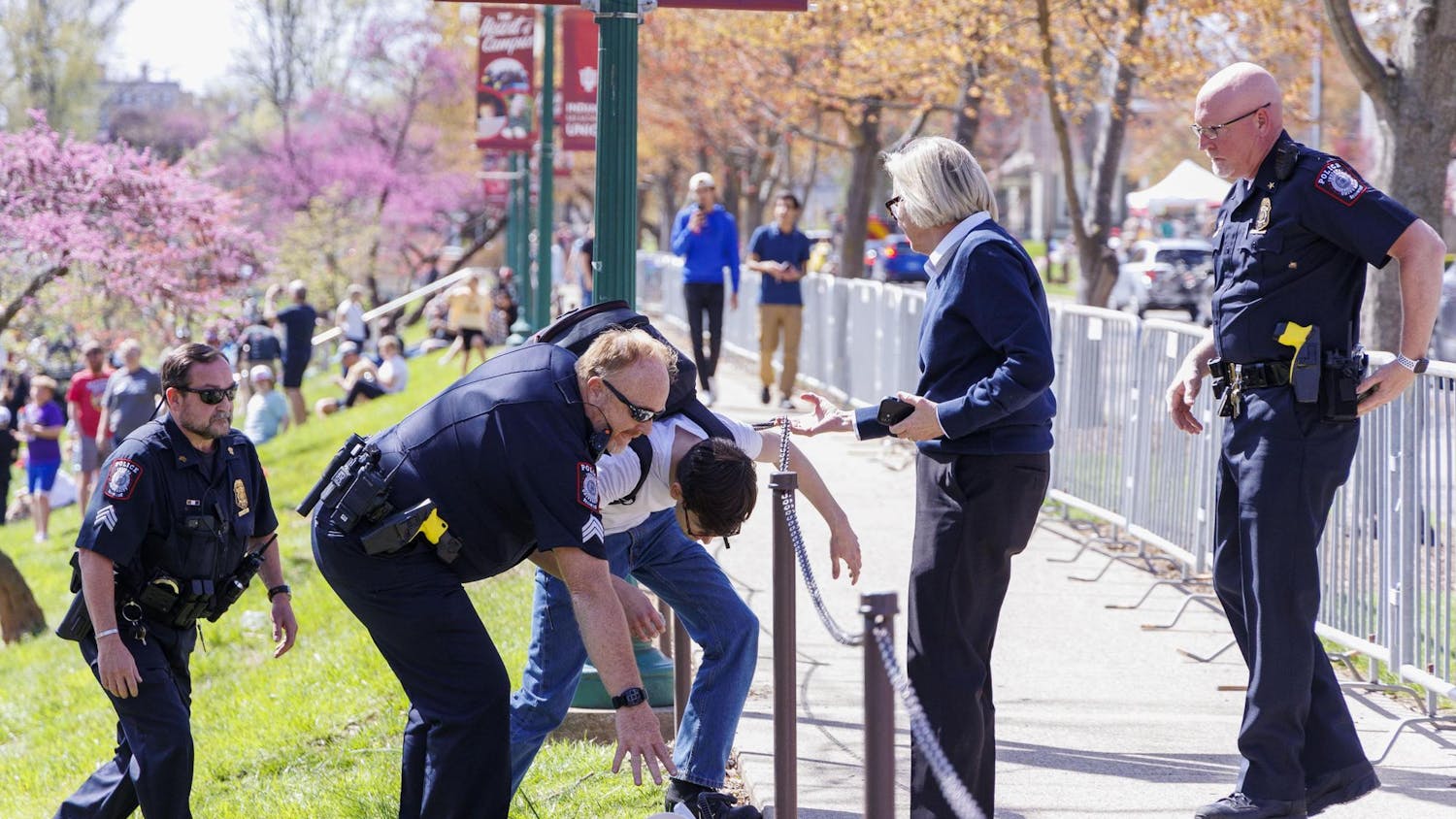The holiday cheer has ended, and campus is hidden under a cold cloud of darkness. Professor of psychiatry Alan Schmetzer said this can cause the blues.
Seasonal Affective Disorder is a type of depression that is caused during the fall and winter when there is a decreased amount of sunlight. Schmetzer said although SAD stands as a theory, he believes it is a proven disorder.
“Bloomington is located in a zone that would be considered at ‘moderate risk,’” Schmetzer said. “Roughly 1,500 students are at risk in any given year.”
SAD symptoms include a decrease in energy, withdrawal from social settings, less interest in things that used to be of high interest and moodiness, he said.
“The biggest risk, as with any mood disorder, is the potential for suicide,” Schmetzer said.
“Anyone can feel down or blue for a few days due to the everyday stresses of school, deadlines, tests, etc., or just as part of normal mood variation, but if these feelings last beyond two weeks, the student should go to see his or her family doctor or the Student Health Center.”
Those who suffer from SAD can feel a drop in serotonin levels that can negatively affect a person’s mood. The shorter days can also disrupt a person’s natural melatonin cycle, making it harder for them to get enough sleep.
For those who suffer from lack of sunlight, Schmetzer recommended light treatment. This involves sitting about a foot from a light box, specifically designed for SAD treatment, for 30 to 60 minutes a day.
1,500 students at risk for SAD during winter
Get stories like this in your inbox
Subscribe





